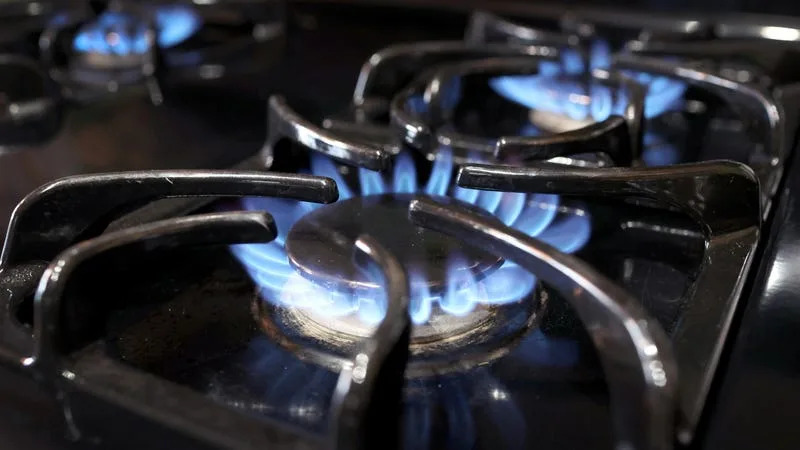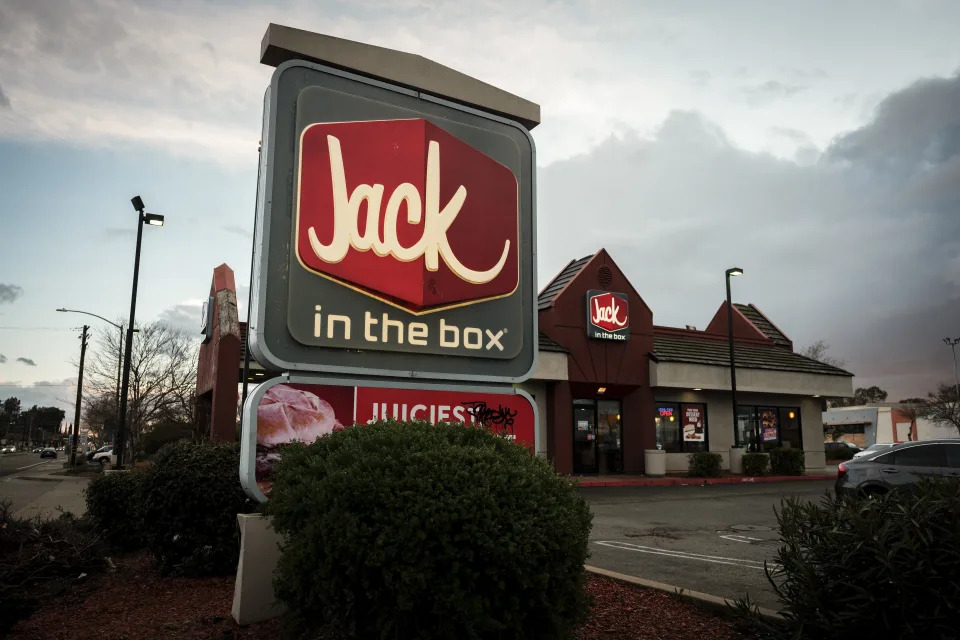The Telegraph
Was Sweden right about Covid all along?
Fraser Nelson – March 10, 2023
This article was originally published on 23 February 2022.

To understand Sweden, you need to understand a word that’s hard to explain, let alone translate: lagom. It means, in effect, “perfect-simple”: not too much, not too little. People who are lagom don’t stand out or make a fuss: they blend right in – and this is seen as a virtue.
Essays are written about why lagom sums up a certain Swedish mindset – that it’s bad to stand out, to consider yourself better or be an outlier. That’s why it’s so strange that, during the lockdowns, Sweden became the world’s defiant outlier.
Swedes saw it the other way around. They were keeping calm and carrying on: lockdown was an extreme, draconian, untested experiment. Lock up everyone, keep children out of school, suspend civil liberties, send police after people walking their dogs – and call this “caution”? Anders Tegnell, Sweden’s state epidemiologist, never spoke about a Swedish “experiment”. He said all along he could not recommend a public health intervention that had never been proven.
Tegnell also made another point: that he didn’t claim to be right. It would take years, he’d argue, to see who had jumped the right way. His calculation was that, on a whole-society basis, the collateral damage of lockdowns would outweigh what good they do. But you’d only know if this was so after a few years. You’d have to look at cancer diagnosis, hospital waiting lists, educational damage and, yes, count the Covid dead.
The problem with lockdowns is that no one looks at whole-society pictures. Professor Neil Ferguson’s team from Imperial College London admitted this, once, as a breezy aside. “We do not consider the wider social and economic costs of suppression,” they wrote in a supposed assessment of lockdown, “which will be high.” But just how high? And were they a price worth paying?
As Sweden abolished all domestic Covid restrictions, it emerged with one of Europe’s lower Covid death tolls: the rate is 1,614 per million people, just over half the amount of Britain (2,335). Given that our death tolls were comparable at first (both among the worst anywhere), it’s hard to argue that there’s some demographic force which meant Covid was never going to spread in Sweden.
Nor is it possible to argue that Sweden was some hedonistic party-nation: its people were incredibly cautious. But unlike Brits, they had a government that trusted them.
There were some Swedish diktats: a “rule of eight” was set up for a while. Bars, restaurants and cafes were all socially distanced and, at one point, had to close by 8.30pm. For a few weeks, Swedes even had vaccine passports. But that was about it: the rest was guidance, and it was followed.
What no statistic can convey is just how careful Swedes were; something that struck me whenever I’d visit. It was perfectly legal to meet up in bars and for a fika in a coffee shop, but most didn’t. A friend of mine had a rule that she’d only ever meet friends outside – even in the Stockholm winter (she did this so much that she got frostbite). In summer last year, studies showed Swedes working from home more than in any other European country.
This kept Covid low, while the lack of rules allowed for people to use their judgement while minimising economic and social damage. Sweden’s GDP fell by 2.9 per cent in 2020, while Britain’s collapsed by 9.4 per cent.
The cost of the various Covid measures is best summed up by the debt mountain: an extra £8,400 per head in Britain, and £3,000 in Sweden.
Swedish schools kept going throughout, with no face masks. Sixth-formers and undergraduates switched to home learning, but the rest of Swedish children went to school as normal. That’s not to say there weren’t absences as the virus spread: it was common to see a third, at times even half of the class absent due to sniffles or suspected Covid. But there were no full-scale closures and, aside from some suspicions about minor grade inflation (the average maths grade sneaked up to 10.1, from 9.3), there is no talk in Sweden about educational devastation.
In Britain, there is calamity and cover-up. By doling out more A grades than ever before – and telling universities to make more space – young people could be shovelled through the system with lost ground never recognised or quite made up.

Grade inflation was staggering: the number of A-level students marked at A or A* jumped to 45 per cent, up from 26 per cent pre-pandemic, but no one doubts that these students learned far less. By some measures, educational inequality has been set back 10 years. But some problems are too big to admit.
Academics suggest the effect of lost education is permanent: less education inevitably means lower salaries and slower career progression. The Institute for Fiscal Studies talks about £40,000 of lost lifetime earnings per pupil in Britain, £350 billion in all. Swedish studies estimate that Covid’s impact (on absenteeism and home-learning) could mean an £800 million overall hit – far smaller than the impact on Britain’s lost school days.
The impact on hospital waiting lists is also very different. Fear of a virus keeps people away – at the peak of the first wave, attendance at Swedish A&E was 31 per cent lower than normal; in Britain, it collapsed by 57 per cent. Routine operations were down by 20 per cent in Sweden and 34 per cent in England, so waiting lists grew in both countries. As they did pretty much world over.
But no country, anywhere, has had a waiting list grow as big as Britain’s: from 4.4 million pre-pandemic, it will peak at about 9.2 million, according to NHS modelling – that’s equivalent to one in five adults.

A top-down health service is more easily disrupted if it’s ordered to transform into a Covid service (and people are told to “protect the NHS” by not using it). Sweden’s waiting lists, 130,000 pre-pandemic, hit 170,000 in October 2021. Even adjusting for population, it’s nowhere near the size of Britain’s problem.
Sweden will not declare victory. No one was properly prepared for Covid, and The country’s failure to protect care home residents is still seen as a national scandal. Sweden also took a bigger hit than its neighbours: Denmark, which did lock down, has more to shout about when it comes to combining a lower Covid hit with minimal economic disruption.
But, as Tegnell would say, it’s still too early to say – with any finality – who got it right and who didn’t.












